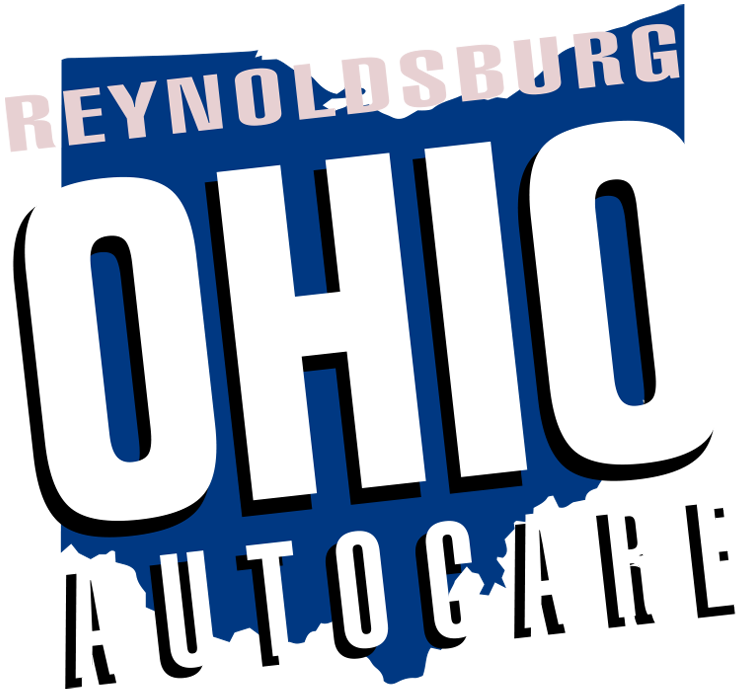
Auto Exhaust & Catalytic Converter Service
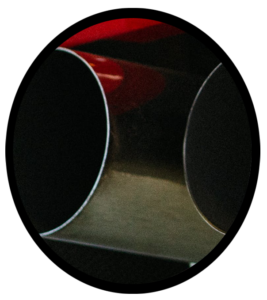
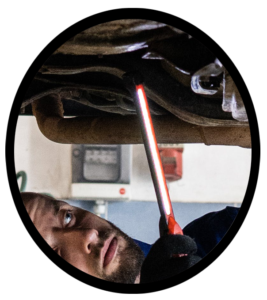
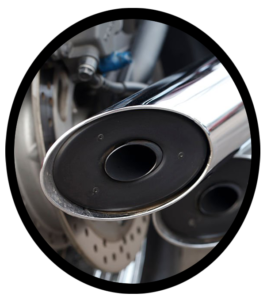
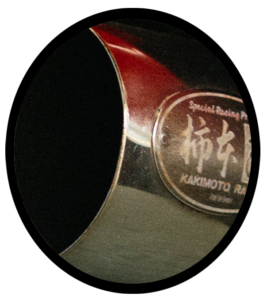

 CERTIFIED Mechanics
CERTIFIED Mechanics 
CERTIFIED Mechanics
Exhaust & Catalytic Converter Repair & Service
The Reynoldsburg Ohio Autocare has been installing mufflers and exhaust systems for our neighbors in and near Columbus for over 30 years. We maintain a staff of certified and experienced auto mechanics that can inspect, diagnose and install an exhaust system that is best for your vehicle, driving conditions and environment and we use premium replacement parts including quality NAPA brand replacement parts. Give the Reynoldsburg Ohio Autocare a call when its time for your next muffler and exhaust service.
The exhaust system is as much a part of the combustion process as the inner-workings of the engine. Working with the air intake system, the exhaust system enhances proper airflow for optimal engine performance.
Exhaust systems feature a muffler that significantly reduces engine noise, as well as a catalytic converter that cleans the toxic gases, dirt and debris discharged by the engine. Finally, the excess is released as a cleaner carbon dioxide and water.
SCHEDULE Exhaust System Service
For Exhaust and Catalytic Converter Service & Repair in Reynoldsburg near Brice Road, Call 614-515-2861
Or click the auto shop below for our convenient online scheduling app.
The Automobile Exhaust & Emission System
In a combustion engine, forward motion is achieved by adding gas and air into the piston chamber where a spark from the spark plug ignites the mixture. This forces the piston down and provides the power to move the vehicle. After the spark plug fires, the ignition of the gas, mostly comprised of hydrogen and carbon, and air, mostly nitrogen and oxygen, mixture completely changes that chemistry. The carbon splits from the gas to fuse with oxygen and forms carbon dioxide and carbon monoxide. The nitrogen and remaining oxygen fuse to form nitrogen oxides.

As the cylinder valve opens and the rise of the piston drives out this new chemical mixture, it enters the Exhaust Manifold. The Exhaust Manifold has a series of pipes that are attached directly to each of the individual piston cylinders and simply combines the individual pipes into one main exhaust pipe leading out from the engine block.
O2 Sensor
The first component the exhaust passes through is the O2 Sensor. As the name implies, the O2 Sensor analyzes the exhaust for the amount of oxygen in the mixture. This oxygen reading is relayed to the automobile computer which fluctuates the level of fuel delivery to maintain optimal performance based on the amount of oxygen.
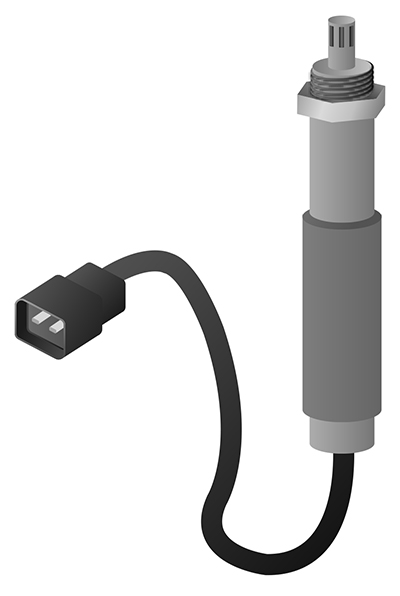
O2 Sensor
Catalytic Converter
The exhaust then enters the Catalytic Converter where the toxic chemicals resulting from the ignited gas are cleaned. Reactive elements within the Catalytic Converter greatly speeds up the process of breaking down most of the dangerous elements to less threatening compounds. One process removes oxygen from the nitrogen oxide fumes to return to its natural nitrogen. Conversely, oxygen is added to the carbon monoxide elements to form less-dangerous carbon dioxide. Often, tiny amounts of unburned gasoline also enters the exhaust flow, which the Catalytic Converter converts into carbon dioxide and water.
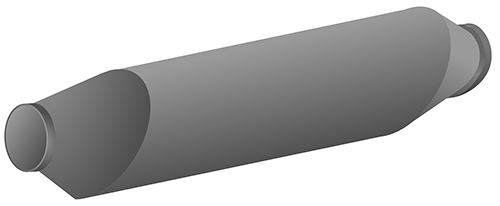
Catalytic Converter
Muffler
Now that the chemical pollution has been greatly diminished, the Muffler and Resonator are the next components along the exhaust pipeline and they work together to reduce noise pollution. While not very technical, the noise enters the Muffler and Resonator at a range of frequencies and these components are designed at a specific shape and size so as the noise enters the chambers and allows the noise flow to slow down and expand and exit at a more tolerable frequency.
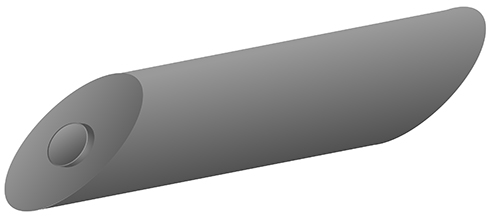
Muffler
Resonator
While the Muffler is able to capture most of this sound, the Resonator performs the same function as the muffler but was added to pick up a smaller range of engine noise frequencies outside the muffler’s capabilities.
When exhaust gasses first leave the engine block, it is loaded with toxic chemicals and exiting at a high velocity and under high pressure which creates a rapid, loud popping sound and at varying sound frequencies. By the time the gasses reach the tailpipe, modern automobile exhaust and emission systems remove up to 90% of the pollutants and 40-50% of the noise decibel level.
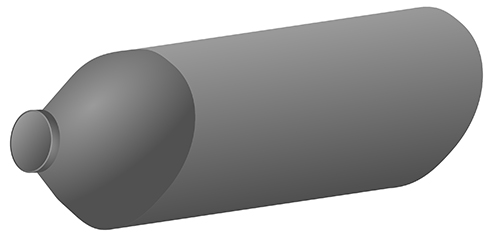
Resonator
